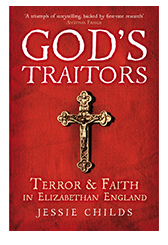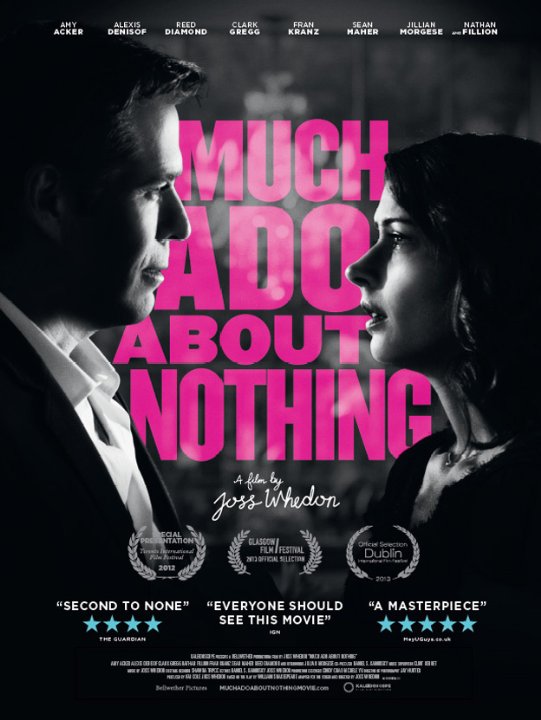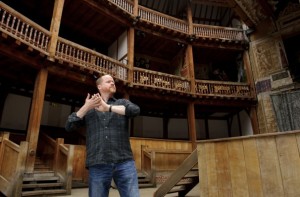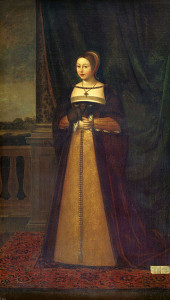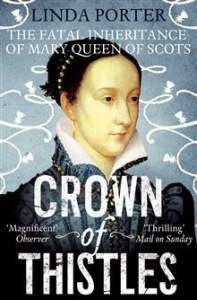MOOCs or Massive Open Online Courses, are classes available online for anyone to take. They cover a wide variety of topics, and depending on from where they come, varying levels of difficulty and specialization. A major host of MOOCs is, of course, Coursera. Partnered with academic institutions, Coursera will host their content and provide a digital framework for the course. Either currently available or in their archives, Coursera boasts an impressive number of different courses. These range anywhere from, “Dinosaurs 101” through the University of Alberta, to “Heterogeneous Parallel Programming” from the University of Illinois-Champaign, to “Statistical Molecular Thermodynamics” from the University of Minnesota, and more.
Each of these, for the most part, will follow a similar structure/grading methods:
- Lectures are delivered via pre-recorded videos.
- Multiple Choice Quizzes
- Forum Discussion
- Class Project (complete with peer evaluations)
The participant will also be graded, sometimes, on how many peers’ projects they themselves have evaluated. In the end, if the grade is satisfactory, the participant will be awarded a certificate of accomplishment, or, as a push from Coursera to pay for the free courses, a Verified Certificate.
Personally, to challenge myself during my gap year, I am currently enrolled in 4 MOOCs. They are the above named Dinosaurs 101, Magna Carta and its Legacy, Data Scientist’s Toolkit, and Digging Deeper: Making Manuscripts. Only three of these, though, are through Coursera, the fourth, is created and hosted by the good people at Stanford. So far, my experience with Digging Deeper is very different from the Coursera courses. I am not sure if it is because the topic is more directly relevant to my research or because how it is structured differently, but my enjoyment and learning levels seem to be different.
Stanford’s, or at least the professors’ approach, is somewhat similar to Coursera’s, where the lectures are presented by video. There is a transcript that runs alongside the video, as well as captions on the screen itself. There are mini-quizzes after each short video, to test recall and understanding. There are also, and this is the difference for me, practical exercises. I am also graded on how well I transcript an actual medieval manuscript. Already, after only having done the first week’s worth of material, I feel more confident in approaching a manuscript and attempting to understand it.
If you can, I would suggest signing up for Digging Deeper – it looks to be a promising course!

